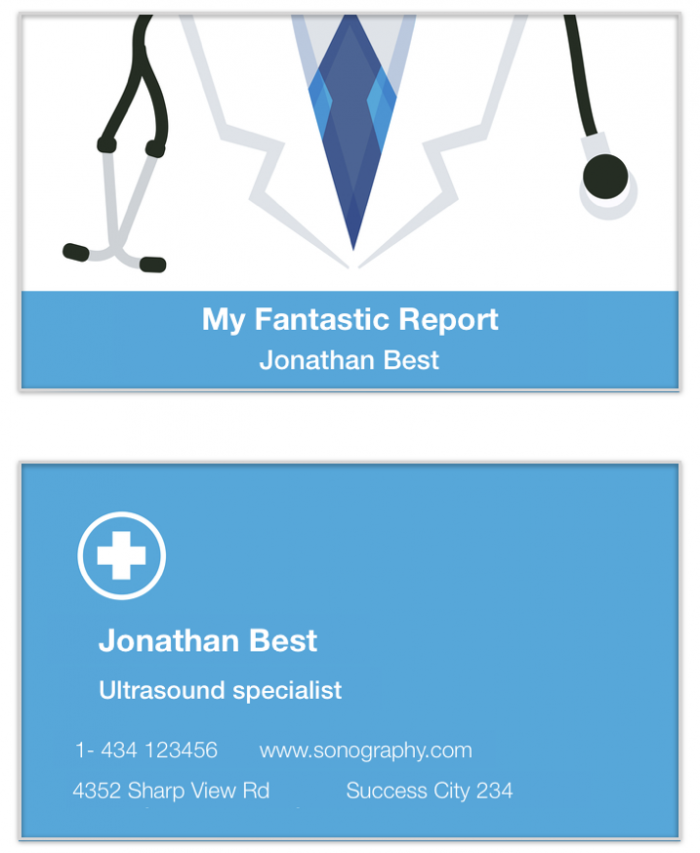Writing an Ultrasound Report – Secrets: Part 1 How an ultrasound report helps your career
Medical practice is full of laborious administrative tasks, which were not exactly the reason why we chose our profession. Most of us hate writing referrals, progress reports, discharge letters and medical reports – right? But you will probably agree that documentation and writing an ultrasound report is important. As a matter of fact we are legally obliged to write a report.

But what should be included in an ultrasound report? How should it be structured? Which phrasing should you use? And which measurements should be documented?
An important topic in sonography
While each institution has its own style and format we are aware that there are many open questions when it comes to writing an ultrasound report. The following series will hopefully provide some clarity. Here we will provide general guidance and discuss important topics such as:
- Basic “reporting strategies”
- How to use modern technology to generate a report,
- How images should be stored and used for documentation
- Provide report templates for each individual ultrasound modality
But most important the report tells much about you and your skills. So let us start with a few very important general facts and tips that will make you shine.
1) Your report is your business card
Do you know which part of a report I read first? No, it is not the conclusion. It is the name of the person who generated and signed the report. There is an obvious reason for this: TRUST. The pond in which we swim is smaller than we think and we tend to know most of the fish that are in the same pond.

What I am trying to say is that reputation is important. The best way to gain reputation is by writing precise, accurate and easy to understand reports.
2) Once written - a report is engraved in stone
Think of it this way: A report not only serves the patient but will also be seen by numerous other colleagues and superiors. What is written in a report is inextinguishably, engraved in stone. Like a tattoo that you carry with you. So, take your time and consult with a superior or more experience colleague if you are not certain.
3) Create easy to understand reports – not a “Rosetta stone”
Nobody wants to decipher a report: We write them for the referring physician who is not always an expert in the field. While the terms and abbreviations you use are familiar to you they might “sound Greek” to non-specialists. Make it easy for the referring physician to understand the report and draw the right conclusion.
4) Communicate with text, words and images
Making the correct diagnosis is one thing, but it is equally important to communicate your findings to the referring physicians. In many instances a report is sufficient, but frequently it makes sense to grab the phone or consult with those involved in the case to discuss your findings. This way you will better understand the referral question; how your findings impact the management of the patient and help your colleagues understand your report. It also helps to build trust. I highly recommend inviting them to the ultrasound lab to view the images together. You will be surprised how much you will learn yourself!
By the way direct and rapid communication is a MUST in situations where your findings need urgent attention.
5) Use other imaging modalities
The more information you have about your patient the better your report will be. Talk to the patient and check the charts. Maybe you also have access to other images of the patient such as CT, MRI or angiography.

This way you can gain more certainty. It is also a great way to learn other imaging modalities and understand your own ultrasound findings better.
Remember you can be the best ultrasound specialist in the world, but if you don’t communicate your findings correctly you will (literally) be left in the dark.
What is your experience? Do you have any stories to tell? Post your comments below.
PS. In part 2 we will take a look at some technical aspects of reporting which will make the process of writing a report more efficient.
Best
Thomas and the 123sonography team
